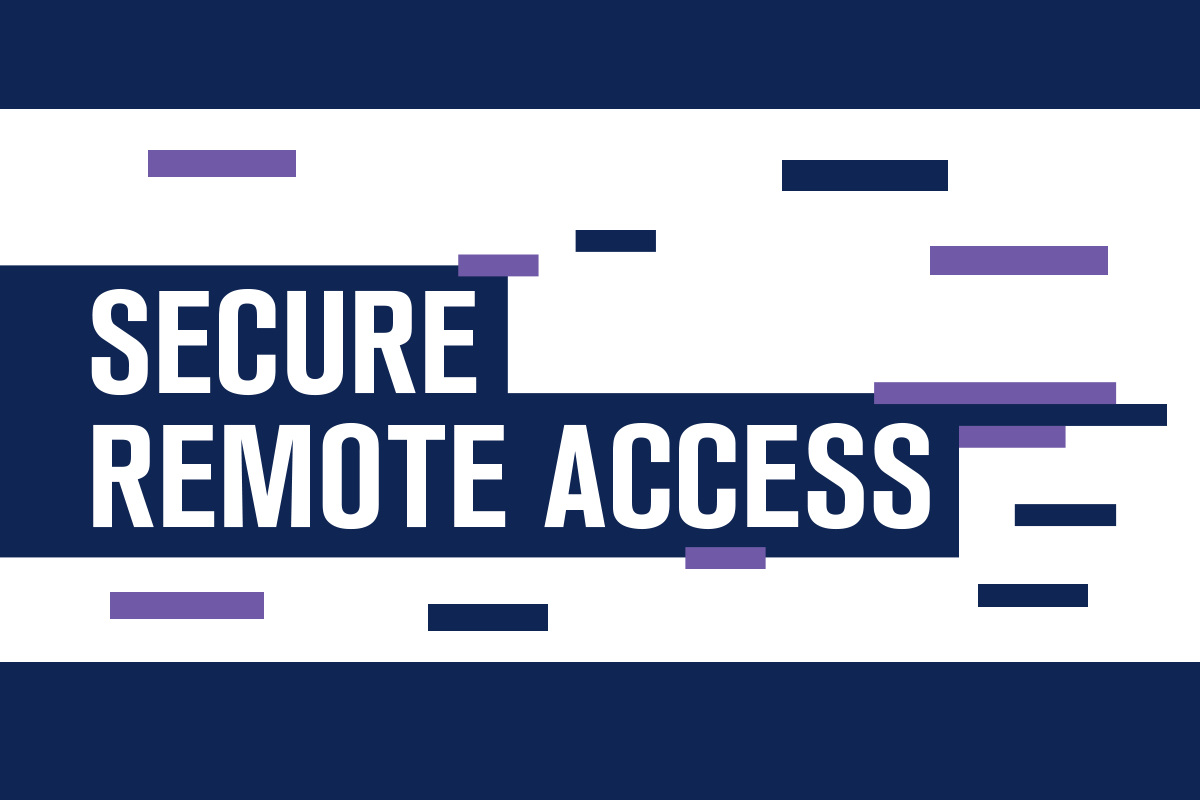Monitor employee computer is now a popular means for businesses and companies to remain in operation during this Pandemic. Remote access enables employees and workers to work from home and remain in touch with their respective management.
Secured remote access refers to the security solution that is put in place to prevent any unauthorized access to a computer or network.
The following are some of the technologies used to secure remote access:
Table of Contents
Virtual Private Network (VPN)
This is undoubtedly the most common means of secure remote access. VPN is a remote access app that provides anonymity, privacy, and a secure network for its users by offering a very private connection across an otherwise public network.
Examples of VPN services include; NordVPN, Express VPN, ProtonVPN, and IPVanish.
Endpoint security
This is a technique used to protect computer devices that are connected to client devices. Endpoint protection works by examining all files as they are being entered into a network.
Privileged Access Management (PAM)
How does PAM function? PAM systems take a privileged account and its credentials and keep them in a very secure vault.
What makes PAM secure remote access is that once the privileged accounts are inside the vault, the accounts’ administrators will need to go through a thorough authentication to gain access or be logged in?
Network Access Control (NAC)
Refers to the act of keeping authorized personnel and their devices away from private networks. In case outsiders are granted access to a network. It’s the organization’s duty to ensure they meet the security regulations in place and are authenticated.
One of the factors that make Network Access Control stand out from other secured remote access is that it gives room for verification, which is more secure since the users aren’t just being identified through passwords and usernames.
How to Implement Secure Remote Access
I. Assume that a data breach will happen
When you make this assumption, you’re open to getting remote access.
II. Develop a policy for remote access
This policy will define the form of secure remote access you need and those who can access it.
III. Identify remote access servers and enforce your policies
It’s recommended that the remote access servers be situated at a network parameter with a single entry and exit.
IV. Secure your devices from threats
These common threats include data breaches from hackers.
V. Get encryption and authentication
With encryption and authentication, you’re able to regulate those who access the servers and data inside.
Benefits of Secured Remote Access
I. It’s affordable
Using VPNs and other secured remote access are very affordable for businesses and individuals. With payments of $5-12 a month, you can get a reliable VPN.
II. Gives access to restricted content
There is a lot of restricted content online, from videos on YouTube to websites. With secure remote access tools like VPN, you’re able to disguise your location and access any content of your choice.
III. Boosts Productivity
With secure remote access systems, your work never faces any distraction as you can access it anytime and at any place. According to Netop, by using a consolidated solution, you’ll have everything you need to remotely support your team in the same place.
Conclusion
A secure remote access is necessary for any organization or individual who is passionate about keeping their data secure and private.

